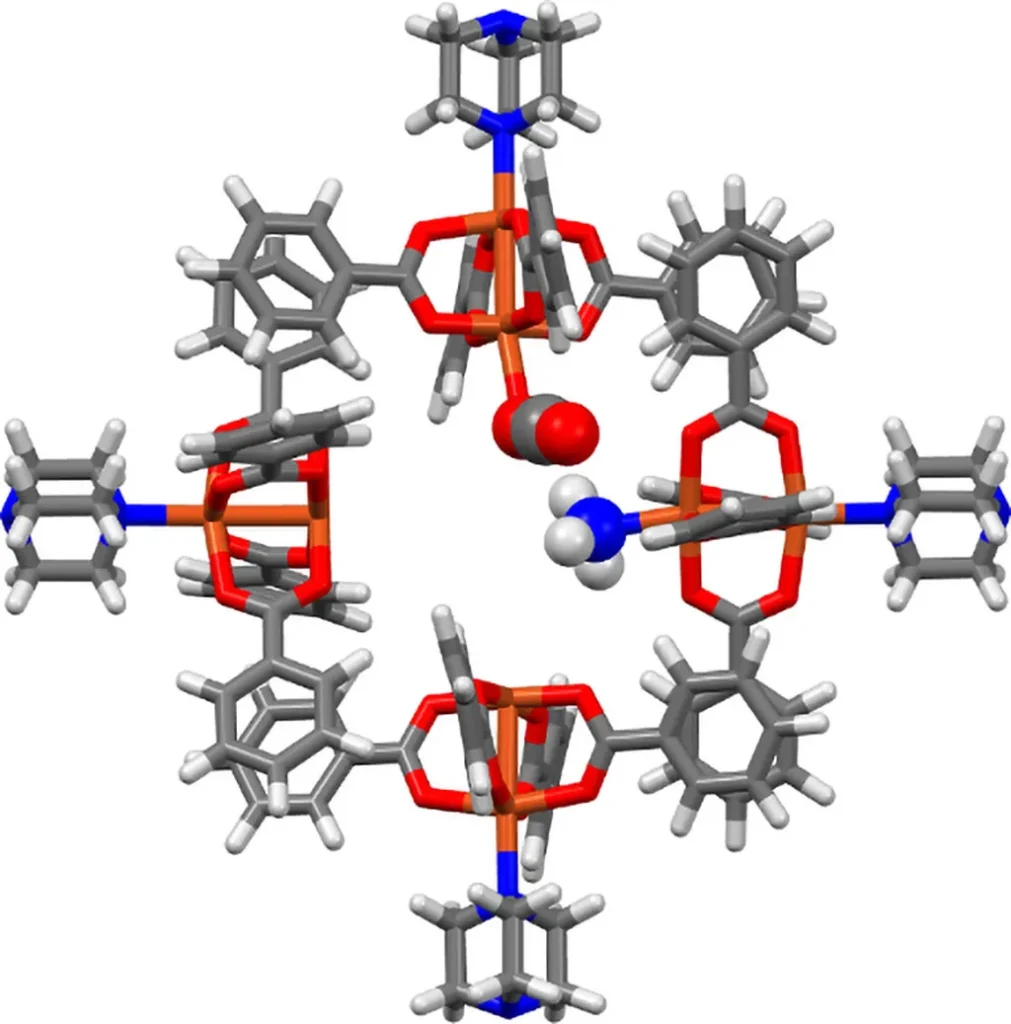In a significant stride towards combating climate change, researchers have made notable advancements in Direct Air Carbon Capture (DACC) technology, offering promising solutions for the energy sector. A recent study published in the journal “Memories of Engineering Research” conducted by Haider Ali of the NED University of Engineering and Technology in Pakistan, delves into the techno-economic analysis of DACC, focusing on the use of metal-organic frameworks (MOFs) to capture carbon dioxide directly from the atmosphere.
The research compares two leading MOFs, MIL-101(Cr)-PEI-800 and mmen-Mg₂(dobpdc), evaluating their energy consumption, CO₂ adsorption capabilities, and overall costs. The study highlights the performance of these MOFs in a temperature vacuum swing adsorption (TVSA) process, which cyclically varies temperature and pressure to capture CO₂ and regenerate adsorbents.
“Among all materials, mmen-Mg₂(dobpdc) achieves the best performance with a much higher capacity and a favourable nonlinear isotherm shape,” Ali explains. This indicates significantly improved efficiency and lower energy input, making it a strong candidate for future DACC applications.
The findings suggest that DACC systems based on advanced MOFs hold great promise for minimizing non-point source emissions. “These systems should thus be considered essential components of a climate change mitigation strategy,” Ali emphasizes. The research not only contributes to the current understanding of DACC technology but also paves the way for more efficient and cost-effective MOFs in future applications.
The commercial implications for the energy sector are substantial. As the world increasingly seeks sustainable solutions to reduce greenhouse gas emissions, technologies like DACC could play a pivotal role. The improved efficiency and lower energy requirements of mmen-Mg₂(dobpdc) could make carbon capture more viable and economically attractive, potentially accelerating its adoption across various industries.
This study is a crucial step forward in the fight against climate change, offering a glimpse into the future of carbon capture technology. As Haider Ali and his team continue to explore the potential of MOFs, the energy sector can look forward to more innovative and effective solutions for reducing atmospheric CO₂ levels. The research published in “Memories of Engineering Research” underscores the importance of ongoing investment and development in this field, ensuring that we can meet the challenges of climate change head-on.

